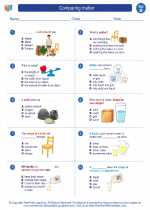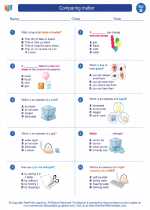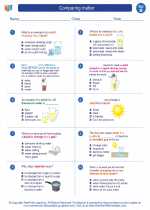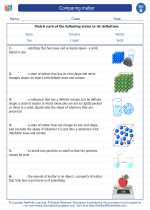Predation
Predation is the act of one animal (the predator) hunting, killing, and consuming another animal (the prey) for food. This interaction is a key component of the natural world and plays a critical role in shaping ecosystems.
Types of Predation
There are various types of predation:
- Carnivory: Predators that primarily feed on animal tissue, such as lions, tigers, and wolves.
- Herbivory: Some herbivores consume plant material but may also engage in predation on other animals, like insect-eating birds.
- Parasitism: Parasites live on or in another organism and derive nutrients at the host's expense. This is another form of predation.
- Cannibalism: When members of the same species consume each other, it is termed as cannibalism. This can occur in various animal groups, including insects, arachnids, and some species of fish.
Effects of Predation
Predation has a significant impact on the populations of both predators and prey, as well as on the overall balance of ecosystems. It can influence the distribution and behavior of prey species and shape the evolutionary adaptations of both predators and prey.
Study Guide
To effectively study the concept of predation, consider the following points:
- Identify examples of predators and their prey in different ecosystems, such as forests, oceans, and grasslands.
- Explore the adaptations that predators have evolved to capture and consume prey, such as sharp teeth, claws, or camouflage.
- Investigate the defensive mechanisms that prey species have developed to avoid being captured, such as camouflage, warning coloration, or behavioral strategies.
- Examine the role of predation in maintaining the balance of natural ecosystems and how changes in predator or prey populations can impact the entire ecosystem.
- Discuss the ethical considerations related to predation and the interconnectedness of all living organisms within an ecosystem.
[Predation] Related Worksheets and Study Guides:
.◂Science Worksheets and Study Guides Second Grade. Comparing matter
Study Guide Comparing matter
Comparing matter  Activity Lesson
Activity Lesson Matter All Around
Matter All Around  Worksheet/Answer key
Worksheet/Answer key Comparing matter
Comparing matter  Worksheet/Answer key
Worksheet/Answer key Comparing matter
Comparing matter  Worksheet/Answer key
Worksheet/Answer key Comparing matter
Comparing matter  Vocabulary/Answer key
Vocabulary/Answer key Comparing matter
Comparing matter 

 Activity Lesson
Activity Lesson
 Worksheet/Answer key
Worksheet/Answer key
 Worksheet/Answer key
Worksheet/Answer key
 Worksheet/Answer key
Worksheet/Answer key
 Vocabulary/Answer key
Vocabulary/Answer key

The resources above cover the following skills:
PHYSICAL SCIENCE (NGSS)
Matter and its Interactions
Students who demonstrate understanding can:
Construct an argument with evidence that some changes caused by heating or cooling can be reversed and some cannot.